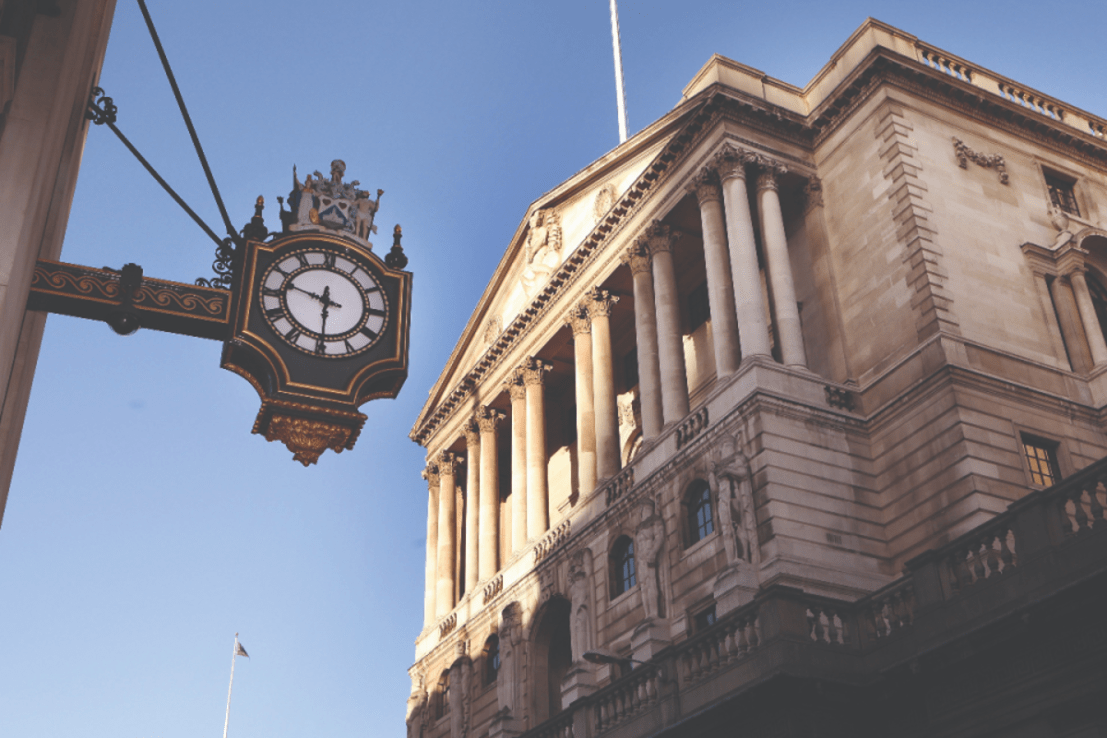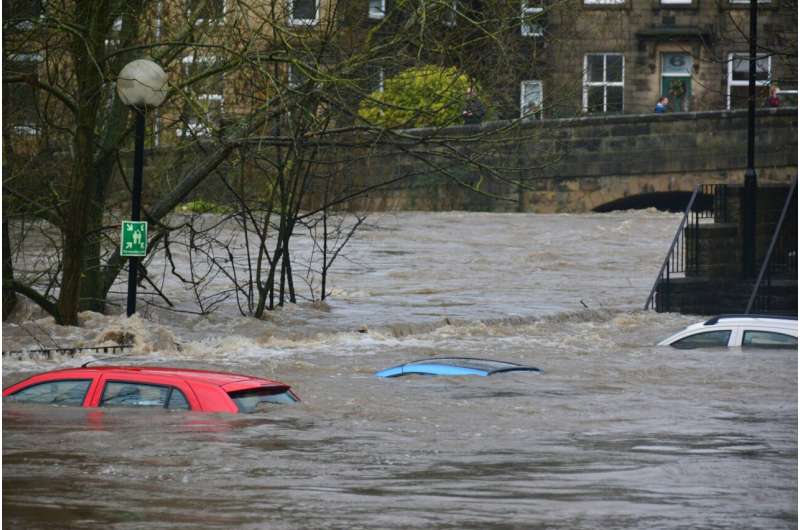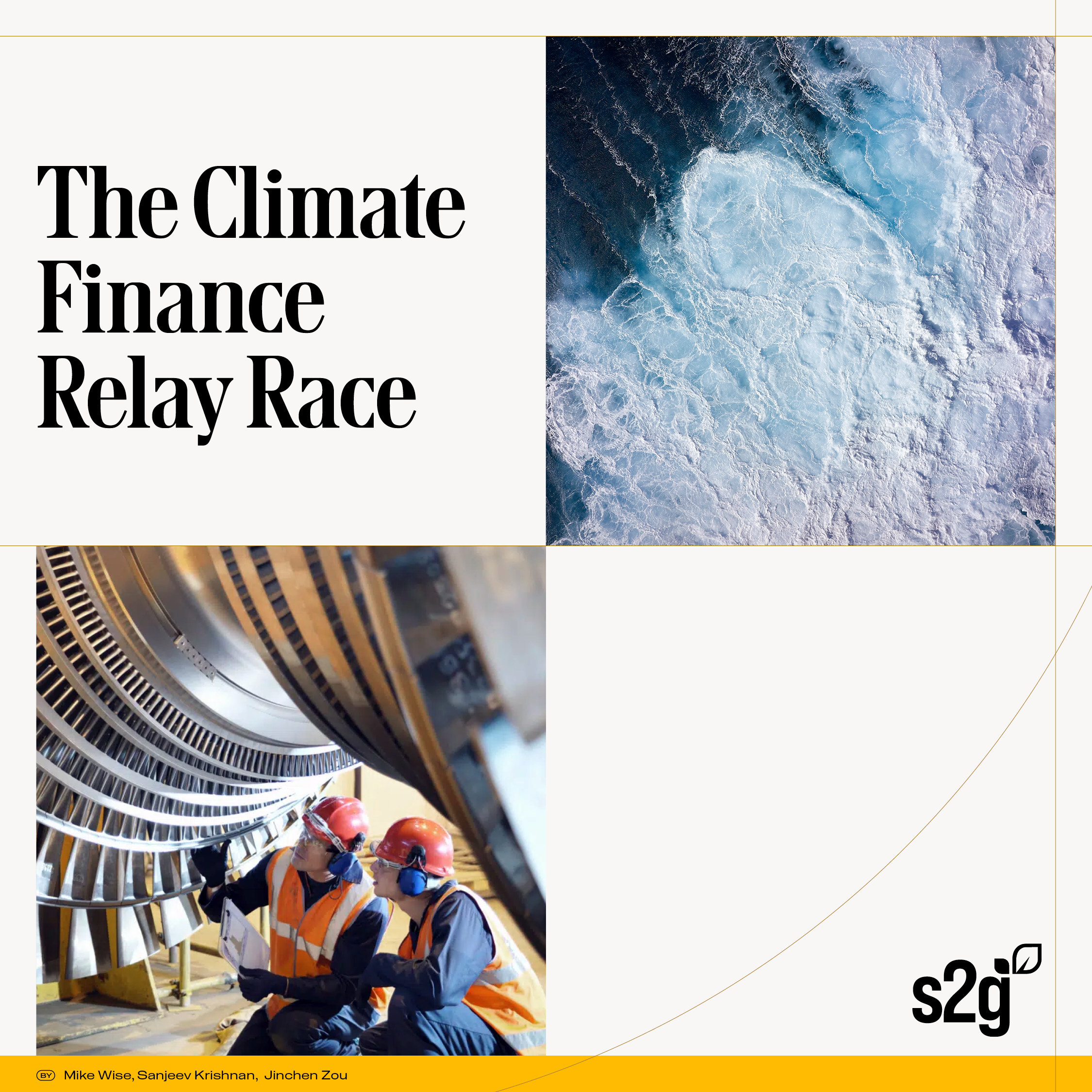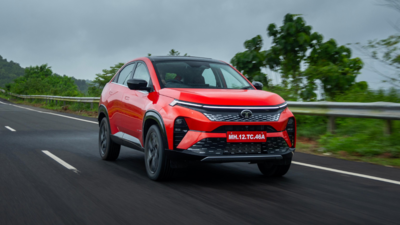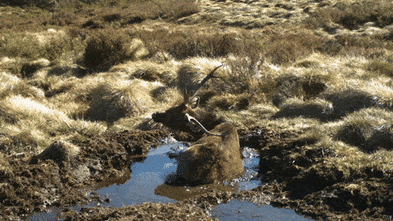
Tina Venables was keeping an eye out for kangaroos as she drove home from work last week. She was not expecting the large deer standing in the middle of the road as she reached the top of a hill. With no time to react, she struck the animal with the front corner of her car.
The deer fled into bushland. Shocked and shaken, Venables pulled over and had to climb out her passenger door because her driver door would not open. A passerby helped her pull away bent panelling from the front wheel so she could continue her trip home to Nowra from Huskisson, on the NSW South Coast.

Feral sambar deer graze in the Australian Alps. Credit: Zac Walker “I slow down to 80 [km/h] because I’m scared of the kangaroos. I never thought I should slow down because there might be a deer there,” Venables said.
“That’s the first one I’ve seen on that road, and I’ve been travelling that road for 11 years.” Venables’ Holden Commodore is now being repaired, at a cost of $3500, with the panel beaters telling her they had fixed four or five cars in a month earlier this year, after the vehicles hit deer. Feral deer numbers are exploding across Australia, posing a risk to drivers, but also prompting fears they are emerging as “Australia’s next rabbit plague”, destroying crops and bushland.
The race is now on to stop deer getting a foothold in the Blue Mountains World Heritage Area, which has historically been free of the animal, and control its numbers in the NSW and Victorian alpine regions. But experts fear it is now too late to eradicate them from much of the east coast, where they are encroaching on cities and towns, including Sydney, Melbourne and Brisbane. “In just 30 years, land managers in both rural and urban areas have seen feral deer go from being a novelty to being widespread in many parts of the country,” says the National Feral Deer Action Plan, published by the federal Department of Agriculture.
Rusa deer at Maianbar south of Sydney. Credit: Mick Jovanovic “Feral deer can be so damaging that many land managers believe they are emerging as ‘Australia’s next rabbit plague’.” Crashes involving deer have more than doubled in NSW over the past 10 years, according to statistics from NRMA Insurance, which received 101 deer-related claims in 2014, and 220 last year.
The animals have also been involved in collisions with trains. Nationally, deer numbers have grown from 200,000 in 2002 to up to 2 million in 2022, according to estimates in the action plan. Different state approaches to deer also make it difficult to tackle the problem.
In NSW, the animals are a “pest species”, and landowners are legally obliged to control them, while in Victoria and Tasmania they are deemed a “game animal”, and some species have open seasons and bag limits. Feral deer can damage trees by rubbing against the trunks. “Deer are one of Australia’s worst emerging pest species,” Invasive Species Council advocacy director Jack Gough said.
“The environment and agriculture and road users are being sacrificed for a very powerful hunting lobby, which is active in all the eastern states on this issue.” Populations grow by up to 50 per cent a year, experts say, making them difficult to remove once they are established. Deer destroy waterways and forested areas, trampling and eroding streams, ringbarking trees and eating saplings.
They also compete for food with native animals and spread weeds, diseases and parasites, and can be aggressive to people during mating season. National Farmers Federation president David Jochinke said feral deer cost Australian communities and primary producers about $91 million a year, and disrupted farming by spreading diseases, damaging fences and competing with livestock for pasture. “Feral deer are a growing problem for Australian farmers and could just become our next rabbit or fox problem,” Jochinke said.
Deer were introduced to Australia in the 19th century but really took hold in the 1990s, the report says, when the venison industry declined and farmed deer escaped. The species of deer in Australia are: fallow, red, chital, hog, rusa and sambar. Feral deer have almost doubled their range over the past 20 years and are now found across almost a quarter of NSW and Tasmania, and nearly half of Victoria.
The damage to Tina Venables’ (inset) car after she hit a deer on Jervis Bay Road in September. Gough said deer were too entrenched on most of the east coast to be eradicated, but there was an effort to keep them out of the Northern Rivers and the Blue Mountains World Heritage Area. The NSW National Parks and Wildlife Service (NPWS) said it was implementing the largest aerial shooting program in its history to curb the population, with Kosciuszko National Park and the Blue Mountains a priority.
More than 1100 deer were removed from Kosciuszko in 2023-24, a spokesman said, and more than 350 from the Blue Mountains, with 4100 shot in national parks across the state. NPWS is also working on a more detailed strategy for the Blue Mountains to prevent the animal becoming established in the region. Feral deer photographed on a trail camera near Berambing in the Blue Mountains.
Credit: Wolter Peeters NSW Agriculture Minister Tara Moriarty said Local Land Services had record funding in the last state budget, and the agency had removed more than 6700 deer outside national parks from July 2023 to June 2024. Parks Victoria referred questions to the state’s Department of Energy, Environment and Climate Action and the Game Management Authority, which both failed to respond before deadline. The national action plan draws a line roughly from Melbourne to Rockhampton and dictates that to the west, the priority should be to eradicate feral deer, while to the east, entrenched deer populations need to be managed instead and prevented from encroaching on cities and towns.
A spokesperson for the federal Department of Agriculture said the Commonwealth, states and territories had jointly funded more than $4 million to reduce the impacts of feral deer in Australia. Deer hunting in Victoria is regulated by the Game Management Authority, which publishes guidelines for ethical hunting, including “giving the game a reasonable chance to evade the hunter”. Government figures suggest 137,090 deer were “harvested” in Victoria last year, an 11 per cent increase on 2022 and a 59 per cent increase on the long-term average of 86,400.
The state’s hunting regulator recently prosecuted a man for illegally hunting hog deer on Wilsons Promontory, and he was fined $826 in court. Rob Brewster, the rewilding program manager at World Wide Fund for Nature Australia, said this approach was outdated. “They should be fair game using all available tactics, and there should be requirements on landowners or managers to remove deer from their property.
” A 2022 economic report by Frontier Economics found the total costs of feral deer to the Victorian economy could reach $1.5 billion and $2.2 billion over the next 30 years.
.










